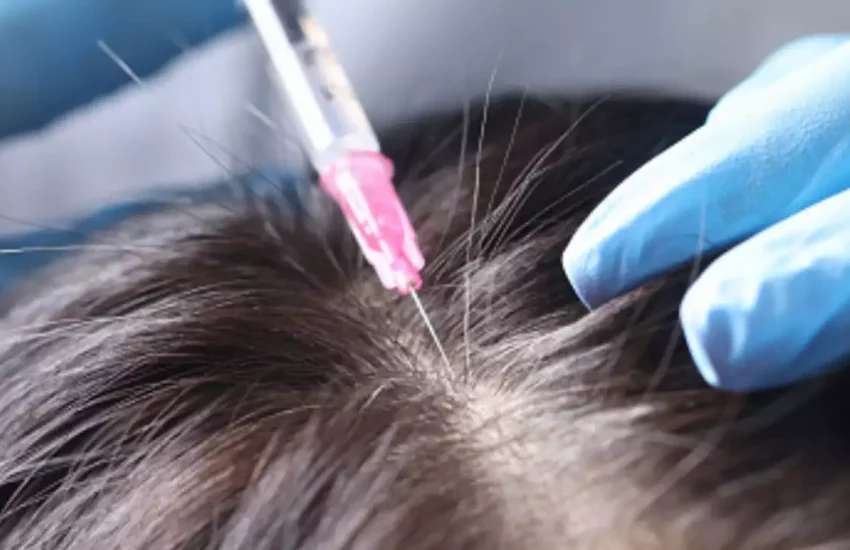An overview on ultrasound therapy
Ultrasound therapy is a type of physiotherapy widely used for curing pain and soft tissue injury. The waves go deep into the soft tissue and provide healing to the affected tissue to alleviate pain and heal the injury. This process of therapy using ultrasound is called therapeutic ultrasound.
Ultrasound waves are also helpful in treating various deadly diseases like cancer, stones, and more. This type of treatment by ultrasound should not be confused with therapeutic ultrasound. Ultrasound used by sonographers to picture the inside of the body is called diagnostic ultrasound while therapeutic ultrasound is used by physical therapists.
Working of the ultrasound therapy
Ultrasound works on two techniques essentially, thermal (heat method) and non-thermal. Let’s put some major differences and mechanisms of the above-mentioned methods in the first place.
Thermal ultrasound
Ultrasound giving thermal effects falls under this category. Ultrasound waves reach the soft tissues inside the body and provide deep-heating effects. The ultrasound waves are penetrated into the affected tissues with the use of a machine.
Then the temperature starts to increase with tissue temperature rising up to 30 to 45 degrees C for therapy healing.
Benefits:
This therapy helps in loosening the tightened muscles.
Any pain occurring due to sprain and strain will be relieved from this thermal therapy.
Non-thermal ultrasound
In this technique, a cavitation method is used. Cavitation is penetrating the ultrasound in the injured soft tissue and then creating vibrations that produce small bubbles filled with gas around the injured area. These gas bubbles then start to expand and contract speedily.
Cavitation helps in numerous cases like swollen and inflamed tissue and fluid break-up in the scar tissue. Cellulitis can also be remedied by non-thermal ultrasound. Some therapists also called it mechanical ultrasound.
There are two types of cavitation.
— Stable Cavitation
— Unstable Cavitation
How is ultrasound therapy performed by physical therapists?
Ultrasound therapy has become quite a common technique for pain and soft tissue damage symptoms. But do you know how it is performed at the clinic? How waves are penetrated into the skin?
This is a mechanical process, done by a machine. The machine has a sound head that transduces the waves into the skin.
So first, the therapist will put the head of the transducer on the skin around the affected part. Before starting the modality a gel is applied to the skin where the sound head is going to be put. Sound waves from the transducer then penetrate into the skin and reach the injured and damaged tissue. Therapists move the transducer in a circular motion over that part of the skin. Then they start the treatment as needed.
We already had a view on the type of treatments ultrasound therapy works on.
Name of some injuries that are treated with therapeutic ultrasound.
- Sprains and strains
- Connective tissue problem [tendons, ligaments]
- Bursitis
- Shortened and tightened muscles
- Back pain [low back]
- Neck and shoulder pain or any other pain and damaged soft tissue can be cured by ultrasound therapy.
We have a detailed discussion on how therapeutic ultrasound benefits us. Now we will list some disadvantages of this therapy. One needs to know these before stepping into ultrasound. Let’s start
- Pain during cavitation.
Some patients have experienced slight pain during cavitation while some have just got a feeling of a little discomfort.
- After-effects of cavitation.
Patients might feel some burning sensation due to heating and gas bubbles from vibrations. But after the completion of the process, they have complaints of nausea, faintness, mental confusion, and disarray.
Every medical treatment or therapy needs precautions. Even with the use of therapeutic ultrasound, some guidelines and safety measures also come with it. Below we are providing some major precautions everyone needs to be aware of.
While performing ultrasound therapy, the sound waves should not interact with organs: eyes, ears, heart, stomach, lungs, ovaries, testicles, spinal cord, kidneys, liver, and brain. The mouth, nose, and vagina also kept away from sound waves.
Any area with implantation of metal parts should not be used under ultrasound therapy.
People with ailments like abnormal bleeding and ongoing infection in tissues should not opt for ultrasound therapy. They can go for other therapies which are equally beneficial.
Scientific claims for ultrasound therapy
Some scientific reports claim it works very effectively for chronic pain conditions. While other reports suggest whether it works wholly or not at all. Ultrasound therapy relieves the patient from painful conditions by disappearing the pain which falsely indicates the healing of the injury. Studies claim this after re-injury of the patients by getting back to normal activities.
In that way, there are other physical therapies for pain management. Water therapy, manual therapy in which the main tool is hands instead of machines. Hot and cold pack treatment is also good for pain management but some reports state it doesn’t work in tissues as sound waves do.



